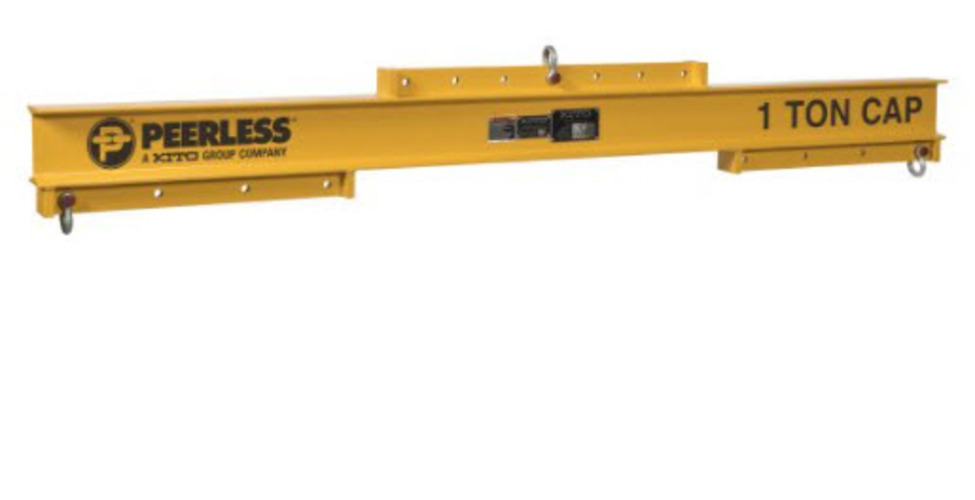Contributed by Bob Kozickie, Technical Sales Support Manager
Edited by Christy Kutchma, Product & Marketing Associate
Are Below the Hook lifting devices are required, by law, to be proof tested prior to initial use?
There has been a long standing ongoing debate within the lifting and rigging industry as to the proof load test requirements of BTH lifting devices. ASME and OSHA Standards differ between their individual interpretations regarding the subject.
ASME states that proof testing should be done while OSHA says it is a must. These two documents are always subject to changes based on specific testing data and new information provided to their respective committees by manufactures and other industry related organizations. This is one of the few areas between the two standards where is such a vast difference in what exactly is required. The argument is based on what the two most common Standards’ bodies’ state about these lifters.
Read Shall and Should When Reading Regulations
The priority ranking of the two most referenced standards, ASME and OSHA, has been explained in previous articles, but as a refresher, OSHA is a statutory document. This means that the requirements as stated within the standard carry a legal obligation to meet those requirements verbatim. ASME is a consensus document which means that it is the next point of reference if the requirements aren’t stated specifically within OSHA. Basically, in the United States, OSHA trumps all other Standards’ requirements.
ASME B30.20 clearly states that BTH devices should be poof tested prior to use. This has been the argument of justification used by many manufacturers and end users as a reason to not manufacture or purchase a proof tested device. Since ASME is a consensus document what OSHA says takes precedence in deciding which standards’ requirement is correct. OSHA CFR 1926.251(a) (4) states specifically that it requires that custom-designed lifting accessories must be marked to indicate the safe working load and proof tested to 125% of their rated load prior to use. This statement, in addition to the numerous interpretations that OSHA has responded to regarding questions about various lifting beams and other devices, further emphasizes that fact that they are required to be proof tested.
The best resource one can use to verify this information is by investigating those OSHA interpretations. A large number of OSHA Standards are highlighted to take the reader to a reference page where they can view additional supporting documentation. There the researcher can find that there have been a number of requests for interpretation regarding the requirement to proof test lifting devices. Every response from OSHA emphatically states that all lifting devices shall be proof tested for any given example presented within the interpretation inquiry.
 One should take caution when ordering a new BTH device and verify, from the manufacturer, that the device has been proof tested to 125% of rated capacity prior to shipment. Many manufactures design and build lifting devices but only issue a Certificate of Conformance that states that the device was engineered and manufactured in accordance with the ASME B30.20 and ASME B30.20-BTH-1 Standards but there is no confirmation of proof testing. A request should be made for the supplier to provide that proof test document as well.
One should take caution when ordering a new BTH device and verify, from the manufacturer, that the device has been proof tested to 125% of rated capacity prior to shipment. Many manufactures design and build lifting devices but only issue a Certificate of Conformance that states that the device was engineered and manufactured in accordance with the ASME B30.20 and ASME B30.20-BTH-1 Standards but there is no confirmation of proof testing. A request should be made for the supplier to provide that proof test document as well.
The answer to the original question, are BTH lifting devices required to be proof tested, is yes. This would seem like a common sense answer to a simple question. When you look at a complete lifting system, the hoist or crane is required to be proof tested. All hardware used for overhead lifting is required to be proof tested. All chain slings used to lift the load are required to be proof tested. The next question should then be, why isn’t the device connecting all these required proof tested components together be required to proof tested?
